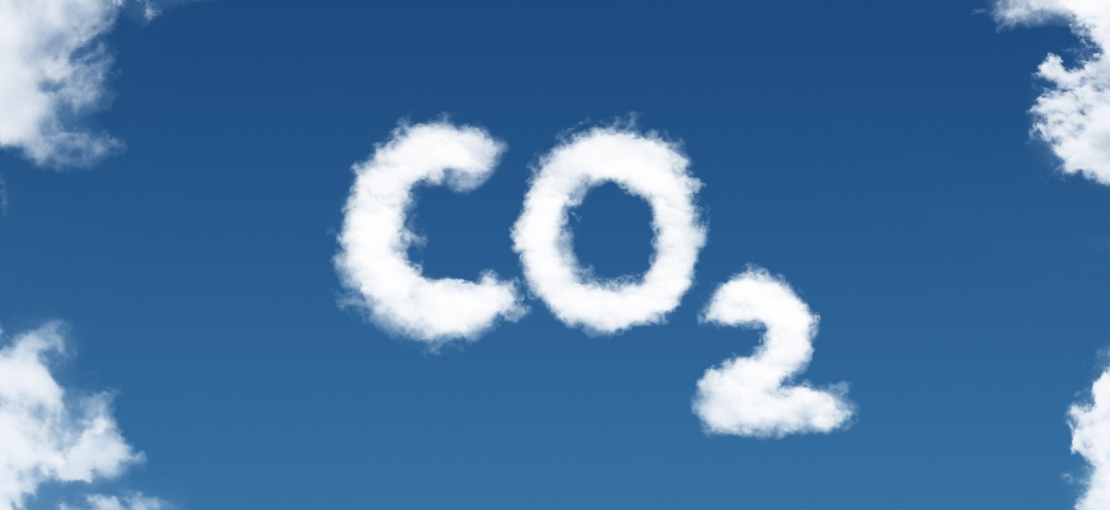
Greenhouse Gas Emissions in Detail
“Greenhouse Gas Protocol” as a foundation
When resources are consumed due to industrial use, climate-damaging greenhouse gas emissions are produced.
Here we are reporting on the most important facts and figures from our climate balance. The full balance can be downloaded here.
The methodological approach of our climate balance and why the topic is important for VAUDE is explained here .
17% fewer emissions since 2011
VAUDE has already achieved significant emission savings at the company headquarters since 2011: 17% since 2011.
Total Amount of Emissions
Create your own infographicsCompared to 2014 emissions, however, emissions increased by 3%. There are two reasons for this:
- Firstly, a significantly higher consumption of materials for the production of the waterproof bike bags. The production building, including large amounts of materials that had been stored there, burned in April 2015 due to a lightning strike (read more here ). These materials had to be re-purchased and of course qualified as "consumed", which is a cause of emissions.
- Secondly, there were much higher emissions due to the inevitable consumption of non-renewable energy sources. The production facility was temporarily moved to a rented building after the fire. Here we use the electricity and gas that the landlord requires - not from renewable energy sources. Although energy consumption has not risen significantly, a higher percentage of these emissions were caused by fossil fuels.
|
|
(tCO2e) | (tCO2e) | (tCO2e) | (%) | (%) |
|---|---|---|---|---|---|
|
Area |
2011 |
2014 |
2015 |
Area Difference 2015 to 2014
|
Area Difference |
|
Business Travel (tCO2e) |
865 |
857 |
880 |
3% |
2% |
|
Commuting (tCO2e) |
734 |
639 |
454 |
-29% |
-38% |
|
Material Finishing (tCO2e) |
700 |
900 |
1.092 |
21% |
56% |
|
Material diverse use (tCO2e) |
230 |
238 |
277 |
16% |
20% |
|
Energy (tCO2e) |
215 |
50 |
122 |
145% |
-43% |
|
Printed Materials (tCO2e) |
819 |
127 |
80 |
-37% |
-90% |
|
Consumables (tCO2e) |
52 |
76 |
55 |
-27% |
8% |
|
Percentage of transport (OEB merchandise) (tCO2e) |
44 |
68 |
90 |
32% |
105% |
|
Waste (tCO2e) |
45 |
25 |
22 |
-11% |
-50% |
|
Water (tCO2e) |
0 |
1 |
1 |
4% |
158% |
|
Total |
3.704 |
2.980 |
3.074
|
3% |
-17% |
Almost half of emissions are allotted to business trips and commuting:
VAUDE THG-Emissions
Create your own infographicsOur goal was to reduce emissions from commuting by approx. 10% and from business trips by 20% in 2015.
According to data from our climate balance, we succeeded in doing this - but these values have to be treated with caution. On the one hand, the collection of commuting kilometers of employees who use environmentally-friendly transportation is based on voluntary self-reporting. We created the VAUDE Mobility Lottery as an incentive, but the accuracy of the information depends on employee motivation.
Secondly, starting in 2015 we refined our methodology for determining the number of employees who actually work in Tettnang-Obereisenbach and who commute there daily. As a result, the number of employees is lower - and the problems caused by commuting emissions are accordingly calculated likewise.
Mobility Goals
Create your own infographicsWe are far away from our goal of reducing business travel emissions by 20%. Our need for action is high; our options for action are limited. More here.
Despite higher production output (up 3% compared to 2014), emissions have not risen:
Emissions per employee and per ton of production output
Create your own infographicsSource of emissions - yearly comparison
Create your own infographicsBackground and details about resource consumption:
Emissions by Scopes
Create your own infographicsEnergy: electricity and gas consumption
Create your own infographicsPackaging: cardboard and foil
Create your own infographicsConsumables
Transport shipping and receiving of VAUDE products
Create your own infographicsSee also Emissions Compensation.
| GRI: | G4-EN15 |
| GRI: | G4-EN17 |






